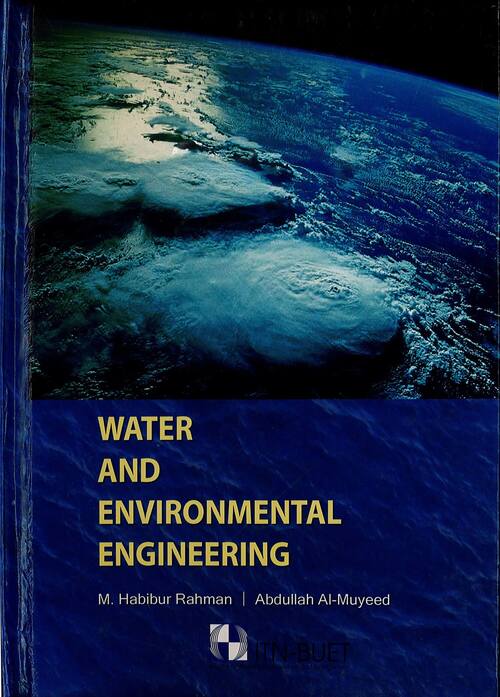This book is focused on water pollution, water supply & demand management, distribution mechanics of water network, leakage, risk management, physical integrity of distribution main, plumbing and water safety plan issues of engineering curricula of Bangladesh.
The book has been developed for both undergraduate and graduate students studying environmental engineering focused on water supply, water treatment and distribution & management in engineering aspects and their teachers at technical institutions in Bangladesh. It is also meant for professionals already working in this water sector, who can use the textbook for reference. The development of this textbook was a challenging process. All concerned authorities wanted to make sure that the textbook would be useful for the students studying in this field, teachers, technicians and professionals working in drinking water sector.


